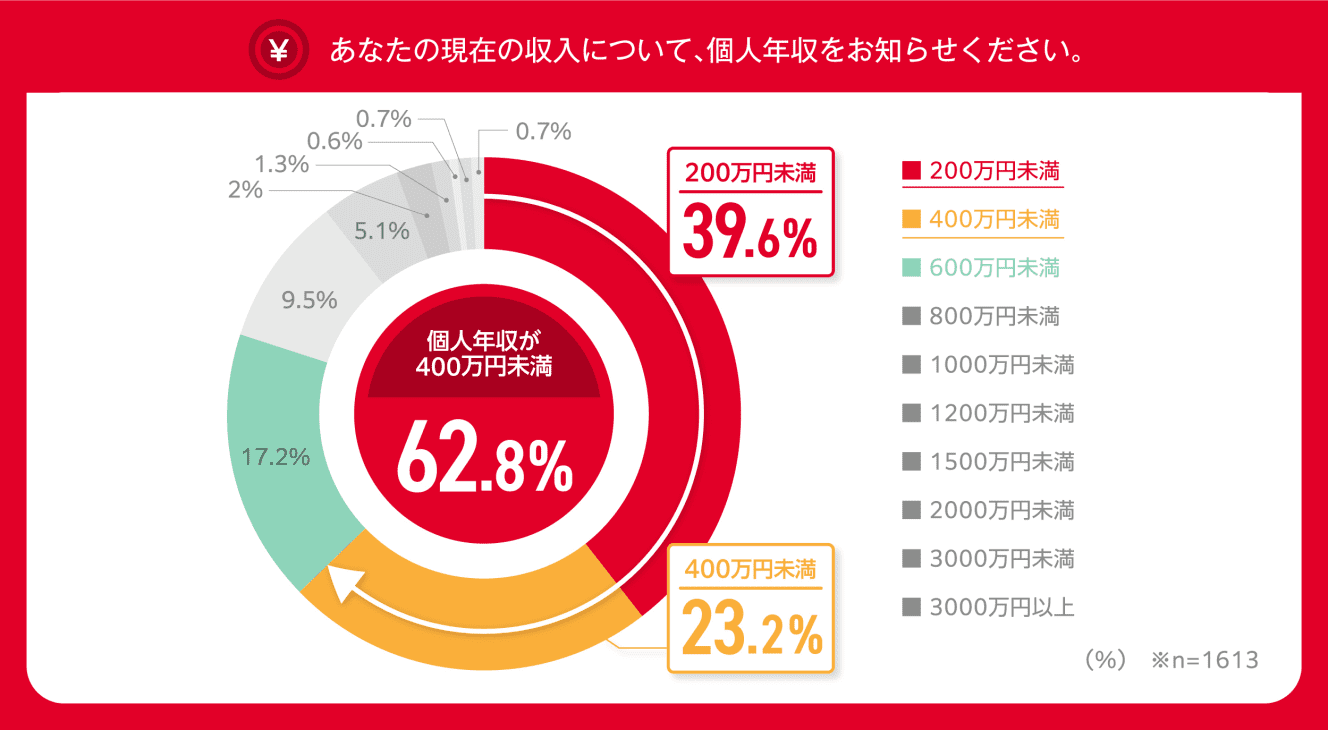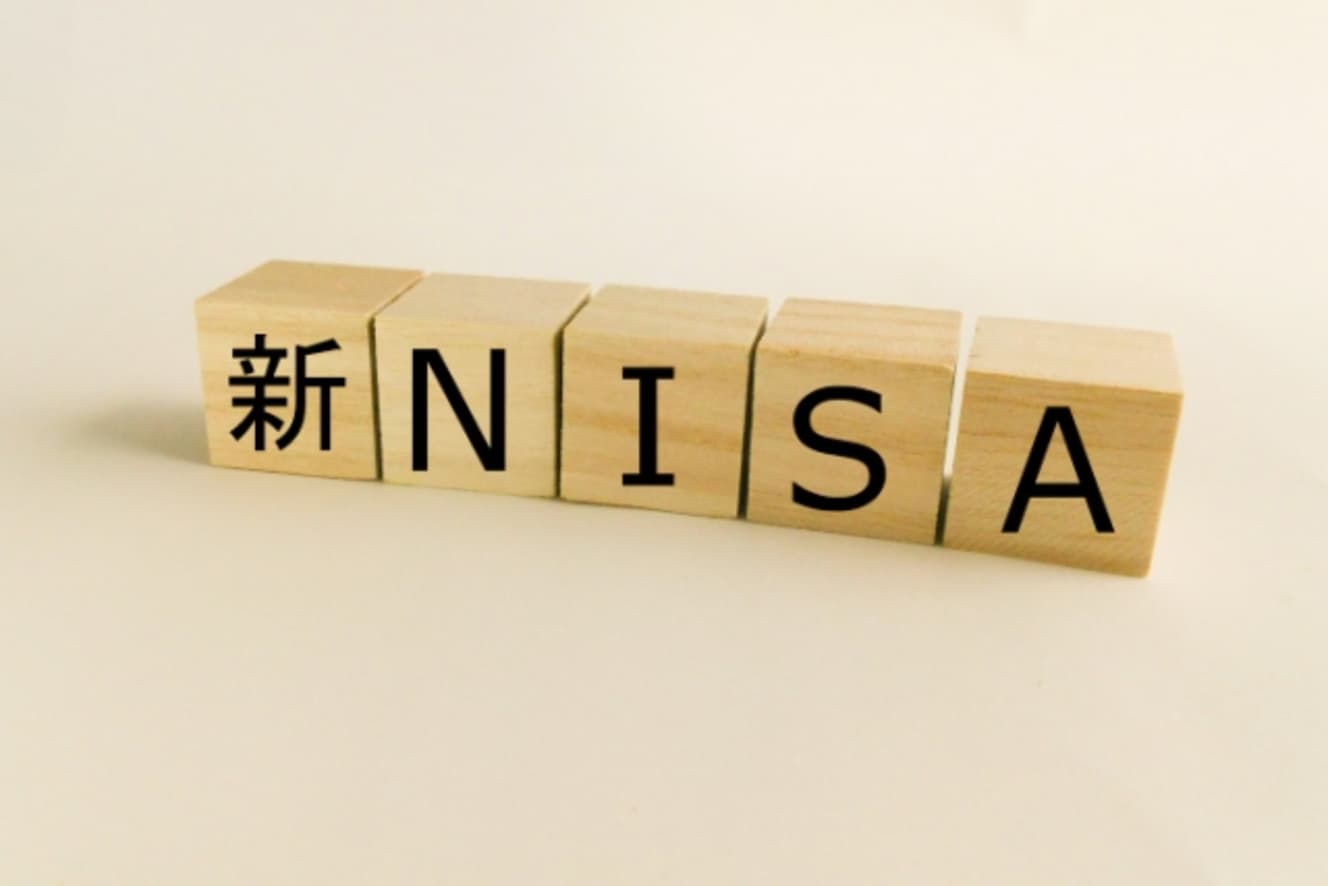Just because the face of the card is gold? The New Normal for Selecting a Credit Card in the Era of “60% of Gold Card Holders Have Annual Incomes of ¥4 Million
A “Gold Card” with no annual fee is also available.
A survey conducted by NTT DOCOMO has become a hot topic in some circles. The survey found that 63% of those who hold so-called “gold cards” had annual incomes of less than 4 million yen. The headline reads, “Gold Cards Becoming ‘Popular’ in Japan.
The Gold Card referred to here includes not only the “d-card GOLD” issued by NTT DOCOMO, but also cards issued by other companies. The fact that the survey includes the item “d-card GOLD is the top gold card in terms of number of cardholders” suggests that the survey itself was conducted as part of a publicity campaign. Even taking this into account, the result that “users’ annual income is not that high,” unlike the general image of Gold Card, must have aroused interest.

The sinking of the “Gold Card” brought about by the card companies themselves
However, similar surveys have been conducted in the past few years, and there is not much difference between this survey and the one conducted by NTT DOCOMO. Therefore, those who are somewhat familiar with the credit card industry should not feel any discomfort.
To begin with, the popularization of gold cards can be said to have been spearheaded by the credit card companies. In the mid-1990s, gold cards for young people first became popular. This was a strategy by credit card companies to attract users in their 20s.
This was followed by the emergence of the “cheap gold card. Many of them had even lower annual fees than those for young people, and some of them had an annual fee of less than 2,000 yen, including tax. This low-cost gold card was more the result of a search for a new source of revenue than a forward-looking strategy by the card companies.

Just because the face of the card is gold…what is the value of a “gold card”?
The reason is that “Rakuten Card” had already begun to wreak havoc at that time. The existing credit card companies could not compete with the then unparalleled specifications of “no annual fee and 1% point redemption rate. As a countermeasure, they tried to sell off the status and premium feel of gold cards and secure revenue from the annual membership fee by offering low-cost gold cards.
In fact, cheap gold cards were often equipped with only domestic and overseas travel insurance, with little differentiation from regular cards, and basically just a gold face.
As the world has changed since then, the number of people who seek status in credit cards has been decreasing, and the emphasis on cost performance has been increasing. The “no annual fee and 1% point redemption rate” became the default specification for most credit cards, and “poikatsu,” the practice of trying to accumulate points in all aspects of life, took root. Today, there are also gold cards with no annual fee, such as ” AEON Gold Card” and“Seven Card Plus (Gold),” which are invitation-only cards with no annual fee.


Gold cards are now being chosen for their “pursuit of cost performance
In this respect, the annual fee for d-card GOLD is 11,000 yen (including tax), which is typical of gold cards. At first glance, this may seem to go against the trend of emphasizing cosmopolitanism, but it is not. The points are reimbursed for 10% of the total cost of the phone bill, optical cable bill, and other charges. For example, if you spend approximately 9,000 yen per month, you can almost cover the cost of the annual membership fee. With the recent spread of low-cost smartphones, some may wonder, “Does it really cost that much to pay for a cell phone?” Some people may wonder, “Does it really cost that much? In fact, while budget smartphones are becoming more popular, the number of people who use “medium- and high-capacity plans” for data communication with regular carriers is also increasing.
According to data from NTT DOCOMO, the number of subscribers to medium- and high-capacity plans increased by 20% year-on-year to 12 million in FY2010, and since there are more than 10 million d-card GOLD users, the calculation fits. The increase in the number of subscribers to medium- and large-capacity plans is probably due to the increase in the number of people watching video subscriptions such as “Netflix” and “Disney Plus”.
In other words, the majority of people probably ended up with a gold card when they chose the best value card. Even those with low annual incomes have ample incentive to hold a gold card. This is the result of the “pursuit of cost performance” rather than the “popularization” of gold cards.
The ” au PAY Gold Card” from au and“PayPay Card Gold” from SoftBank also offer similar benefits. (The au PAY Gold Card offered a 11% rebate on monthly charges, but this is scheduled to be reduced to 10% from February 2012, on par with other companies. d-card GOLD has more users, but the number of subscribers to medium- and high-capacity plans is presumably still higher.
Criteria for Selecting a Credit Card Changed by “NISA
The use of credit cards from mobile carriers has been driven largely by the growth of monthly cell phone bill expenditures. As spending has increased, more people have tried to take advantage of the benefits of mobile carrier cards in order to reduce it as much as possible.
There is one item that is expected to see an increase in household spending in the future: asset management. This is related to “asset management. NISA,” a government program that offers preferential tax treatment for asset management, has been enjoying a boom of sorts, and the “New NISA,” a greatly improved system, will be launched in January 2012. The number of people who will start new asset management activities is expected to increase. The asset management population will further increase, and related expenditures should also grow.

As a result, cards with strengths in asset management are expected to become increasingly important. Naturally, the credit card companies are aware of this, and for example, they are competing with each other in terms of point redemption rates for the “credit card savings” service, in which points are accumulated when investment in mutual fund savings is settled with a credit card.
Currently, au PAY Gold Card is leading the competition in this credit card savings service, as au has launched the “au Money Plan”. In contrast, d-card GOLD has just announced a partnership with Monex, and has yet to announce specific services. Depending on what is in store, this will have an impact on the credit card power structure.
Interview and text: Kenji Matsuoka
After working as a money writer, financial planner, and market analyst for a securities company, Kenji Matsuoka became independent in 1996. He writes articles on finance and asset management mainly for business and economic magazines. Author of "A Textbook for the First Year of Robo-Advisor Investing" and "Understanding with Rich Illustrations! Cashless Payments for the Absolute Benefit of Cashless Payments".